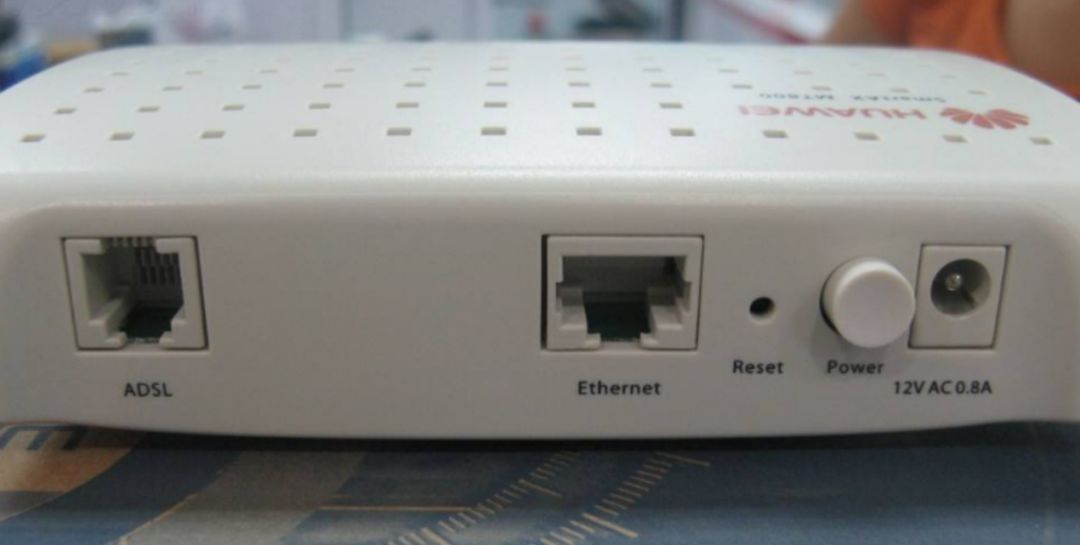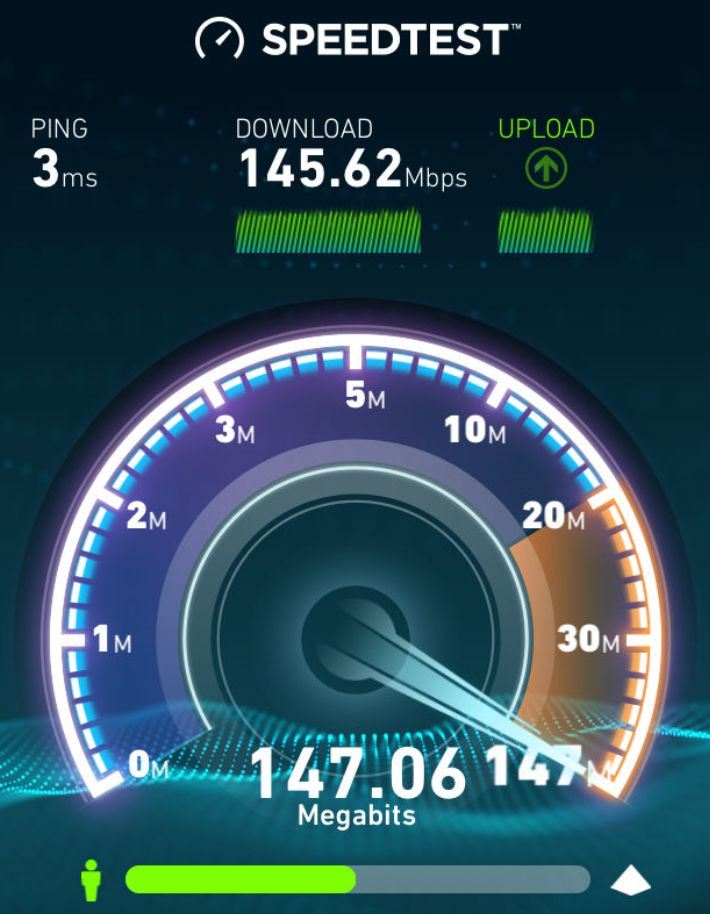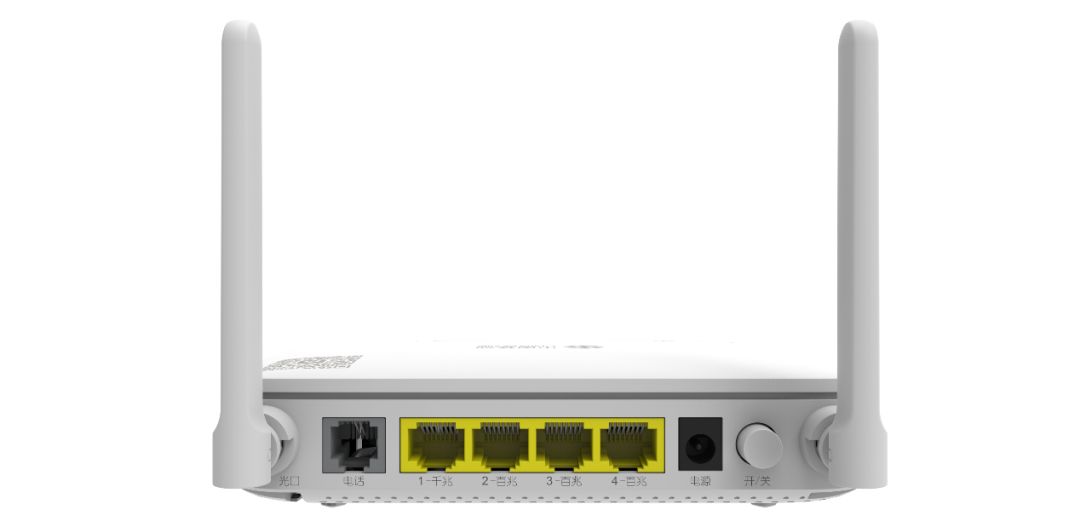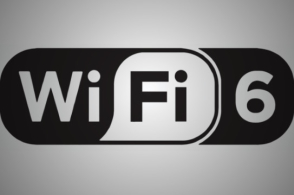

What is the best companion for the National Day holiday? Food? Travel? Outdoor sports? Unfortunately, food makes you gain weight, travel is crowded, and exercise is too tiring. In this case, the best companion for the National Day is simply a robust broadband connection.

Usually busy, the National Day holiday is clearly more suited for binge-watching shows and staying up late gaming.
But the problem is, with games getting larger and high-definition videos becoming the norm, and VR experiences popping up, does your home Wi-Fi really match the quality of your holiday?

On the eve of the long holiday, let’s embark on a journey of knowledge to address this need. While providing some tips for the holiday, we will also take a look at the past and future of the home network market.
Evolution of Home Broadband
To understand the current state of home broadband, we might need to reflect on the past. Like the countless changes in the Republic, the birth and development of home networks truly exemplify what is called “Chinese speed”.
In the mid-1990s, home networks began to emerge. At that time, there was no broadband, and internet access was through telephone lines and modems. There was a saying back then: “Too many images kill the modem.” If you know this term today, it basically reveals your age. Young people born after 2000 might wonder, what did the cat do to deserve this?

As we entered the new millennium, ADSL broadband began to gain popularity. A 4M broadband connection was the highest aspiration at that time. Newly opened internet cafes would proudly display “4M broadband, 12-inch LCD screen” on their signs. Looking back, it feels like a dream in less than 20 years. ADSL technology supported the birth of the internet and gaming industries, marking the beginning of China’s internet revolution.

With the arrival of the 4G era, a technology called “fiber” rose alongside mobile internet. In 2011, fiber-to-the-home began to spread, and home Wi-Fi started to penetrate countless households in China. Since then, China’s internet has truly reached the global forefront. Today, China has the largest number of fiber connections and the highest fiber bandwidth in the world. In the field of home networking, China has transitioned from desire, to catching up, to surpassing, all in just over 20 years, which can be considered a miracle.
After 2017, 200M broadband began to become widespread, with theoretical download speeds reaching 25M/s. This global record created in China marks a new milestone in home networking.
Current Issues and Challenges
Of course, the rapid development does not mean there are no issues today. In fact, continuously discovering and solving problems is the core path for rapid development in Chinese technology.
In today’s home broadband environment, there are indeed issues, the foremost being: Is your home’s download speed really 25M/s? Do you feel like you are lagging behind the times?
The core issue here is that the 200M broadband brings a series of device replacement challenges. As the home broadband environment has developed to a certain level, the motivation and efficiency for replacement are not as strong as when fiber was first introduced, leading to a mismatch between broadband and the access environment.

Generally speaking, the potential issues with 200M broadband can arise in three areas: network cables, optical modems, and terminal devices.
1. Home network cables may have splitting issues, limiting the speed to only 100M.
2. The issues with optical modems are more complex; the shielding effect of information boxes may block Wi-Fi efficiency; if the optical modem lacks gigabit ports, it may keep downstream connected devices in a 100M broadband environment; if the optical modem’s Wi-Fi does not support dual-band, it may also prevent Wi-Fi from reaching optimal efficiency.
3. Mobile phones, tablets, and other terminal devices may only support single-band connections, which may also fail to achieve 200M broadband speeds.
Thus, it can be seen that upgrading broadband connections to 200M is a standard shortcoming project. Any loophole can prevent the upgrade from being realized. To enjoy the holiday, we first need to know how to diagnose where the problem lies.
How to Test and “Treat” Broadband Speed?
To achieve stronger broadband, we first need to know how to test it.
Download an app called “Speedtest” from your phone’s app store, connect to Wi-Fi, and click “Start” to check your speed. Key point: be sure to test in different locations such as the living room, bedroom, kitchen, bathroom, and balcony. Under Wi-Fi 5 conditions, the Wi-Fi speed can vary significantly in different locations. Of course, if the speed difference is particularly large, congratulations, it means your house is spacious enough. Another way to judge is based on the aforementioned download speed; a 200M broadband should have a minimum download speed of 20M to be considered up to standard.

If you find the speed is insufficient, what should you do? You need to check each of the three issues one by one.
First, check if there are any splits in the network cable. Since the optical modem is usually placed in the information box, there is generally only one network cable from the information box to the living room. If both internet and IPTV services are used, they need to be connected separately to the router and set-top box. Maintenance personnel often split the network cable to connect both the set-top box and the router, but today’s CAT 5 network cables will limit the speed to no more than 100M/s after splitting. This situation effectively sets a bottleneck for the internet speed, causing even the fastest broadband to lag when watching videos. Additionally, 200M broadband must use CAT5e or higher network cables to achieve this. This is also something to pay attention to.

Next, it’s crucial to check the optical modem. The Wi-Fi signal strength from the optical modem diminishes outward from the antenna. Metal barriers like information boxes are nightmares for Wi-Fi signals. To improve internet speed, first take the optical modem out of the metal box. It’s best to place it in an open central area, such as on a TV cabinet.
Then, check the type of devices on the optical modem. First, see if the optical modem has gigabit ports. Generally, today’s common optical modems support one gigabit port and three hundred megabit ports. When plugging in network cables, make sure to connect to the gigabit port to exceed 100M speed.

Regarding whether the optical modem is dual-band, check the label on the back of the optical modem. If it only has 2.4G, it is a single-band optical modem, with a maximum Wi-Fi bandwidth of 50Mbps. If it has both 2.4G and 5GHz, it is a dual-band optical modem, with Wi-Fi bandwidth supporting over 200M, potentially reaching 500M. To experience 200M broadband, you need to connect using the 5GHz band.
Here’s an important point to note: many households use a combination of optical modem and router. Although the optical modem itself has Wi-Fi functionality, common sense seems to suggest that adding a router is better. However, this is not the case; the optical modems provided by operators not only have better performance but also have their management handled by the operators, saving a lot of hassle. Therefore, it’s better to directly enable the Wi-Fi function of the optical modem, which saves power and money while still providing decent performance. Of course, service centers generally do not inform you of this.
Finally, just check if your mobile phone, tablet, and other terminal devices support the 5GHz band. Terminal devices must support the 5GHz band to work with the dual-band optical modem’s 5GHz band to achieve 200M broadband. To identify this, simply search for your home Wi-Fi on your phone and see if you can find the 5GHz band network. You can also check the hardware specifications of your phone to see if it supports the 802.11ac band.

After going through these steps, you should be able to enjoy 200M broadband during the holiday. However, if you closely observe these steps, it’s not hard to find that there are still issues. The 5GHz band’s poor wall penetration and high attenuation are problems that cannot be avoided.
This issue represents the future of the home network market.
Future Outlook for Home Broadband
After such rapid development, has China’s home network market reached a bottleneck? Not at all. The evolution of optical networks and the popularization of Wi-Fi 6 are opening up two new growth areas: extreme broadband experience and integrated broadband solutions for the entire home.
Currently, most Wi-Fi 5 dual-band gateways can only achieve over 200M broadband in the same room, but if you want to provide over 200M Wi-Fi speeds in every room, you will need a “new optical modem” in a Wi-Fi 6 environment. The most powerful aspect of Wi-Fi 6 is its speed, which can increase up to three times compared to the previous generation standard, allowing the entire house to enjoy seamless connectivity.

On the other hand, 500M broadband is already on the way, and some operators are even discussing the construction of 1000M optical networks. The continuous increase in speed will trigger a qualitative change in home networks. The biggest focus will be on the home IoT market, which will integrate a large number of highly intelligent devices with big data interaction models. High-definition VR, network-based 8K TVs, and high-quality motion-sensing games will be another main avenue for home network upgrades.
Next holiday, and the one after that, will only make you want to stay home even more.



